Hammer? Nails? Screwdriver?…Got them all! 😉
Welcome to my Design Toolbox
Okay, what is a design toolbox?
It a collection of design tools and methodologies that can be used by strategic designers to solve complex problems. It is repository of human centric tools that I have used during my design studies and job.
And, why?
Well, as strategic designers we like mixing different stuff and see what comes out, we are like chemists 😉 But to solve problems that come our way we need to have our arsenal loaded with tools and be ready to deploy them anytime. The toolbox makes this easy.
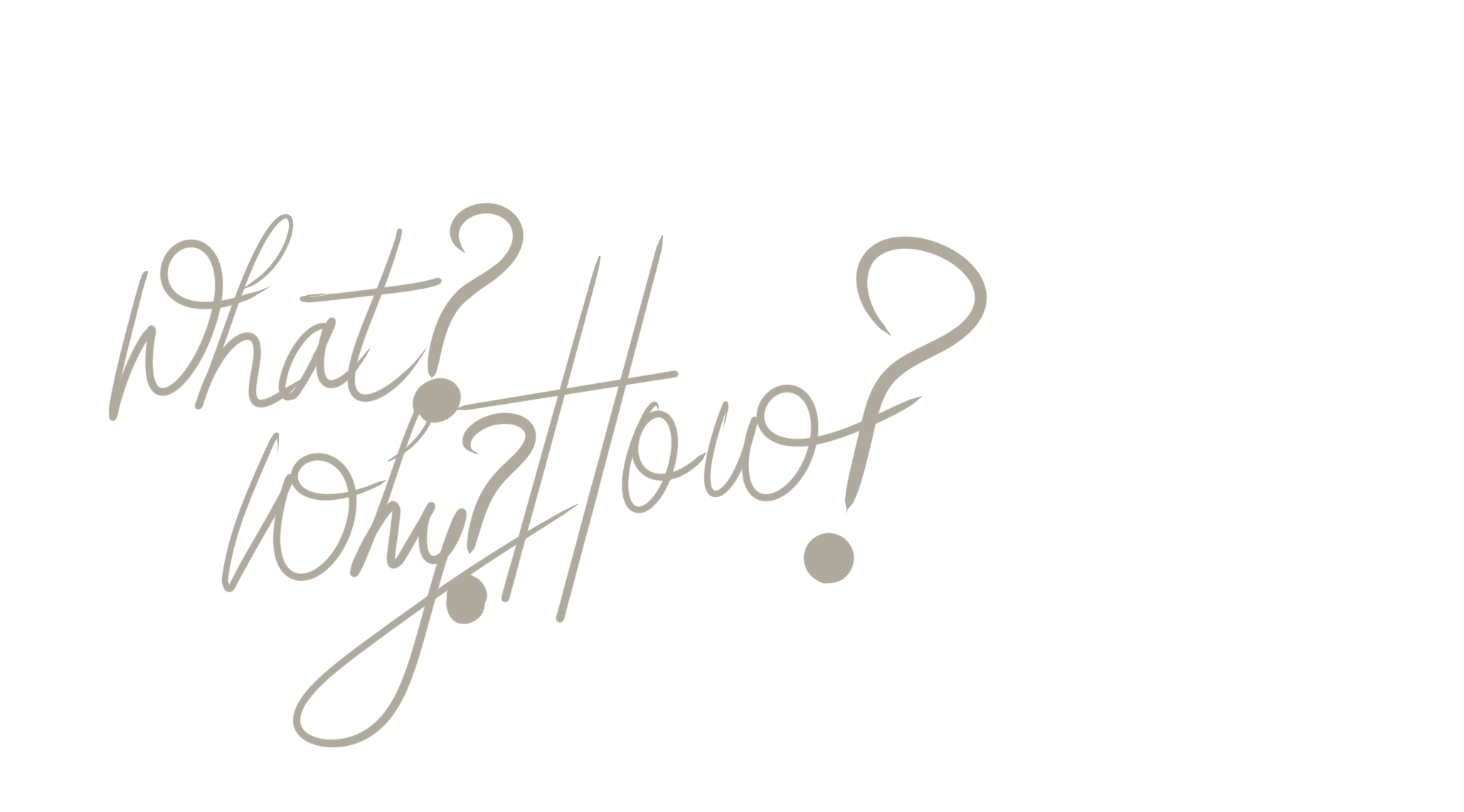
Strategic designers are ‘methodological pluralists’.
Design is not just about aesthetics, it is asking difficult questions about human centric problems that no one else prefers asking, and find the answers as well! There is no one magic formula to solve every problem, we mix ideas methodically and recreate the formula every time. Processes, tools and mindsets are important for design thinking.
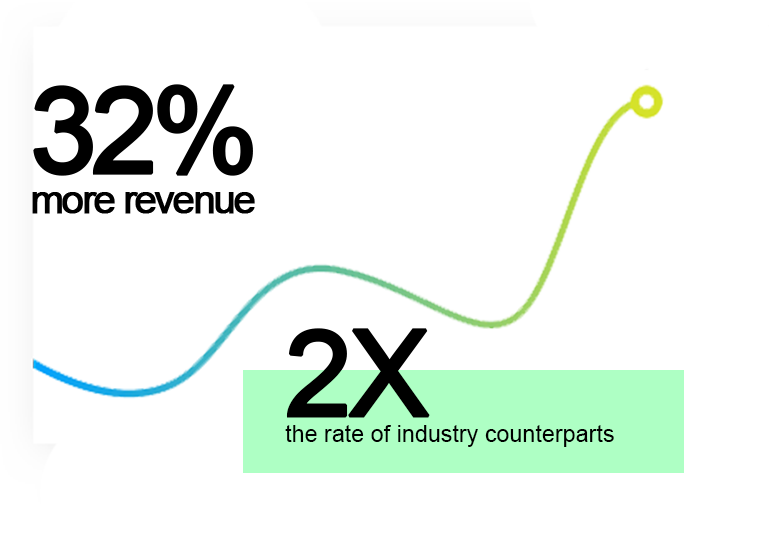
So, what’s in it for you?
Business value of design.
In 2018 Mckinsey & Company conducted a survey which established the important of having smart and efficient design strategies for business. It states that over a period of 5 years, companies that invested and adopted design strategies made 32% more revenue than those that did not. Design is more than colors and graphics. Read the full article here.
In a world dominated by tech, think like humans, or leave the planet.
The human perspective is essential for successful design, and that perspective is evolving—rapidly. Human-centered design lets you better understand people’s needs, motivations, and concerns, but it also makes for a more efficient, more flexible design process.
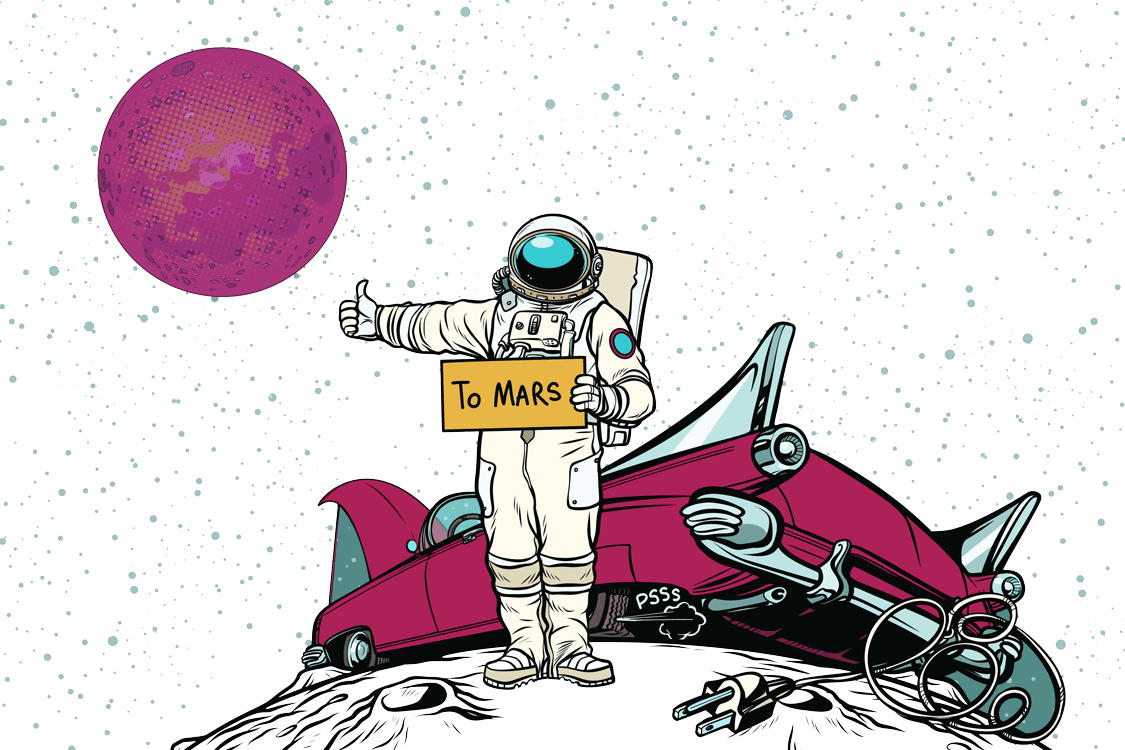
The Tools.

Warm-up Tools
It is not easy to activate your creative mindset within a very short span of time. These warm-up tools are used exactly for this purpose – to fire up the right side of your brain. Oh, and they are fun to do as well.

Research Tools
These tools are used by designers to better understand the underlying and sometimes hidden desires, needs, and challenges of end users, also known as the target audience.
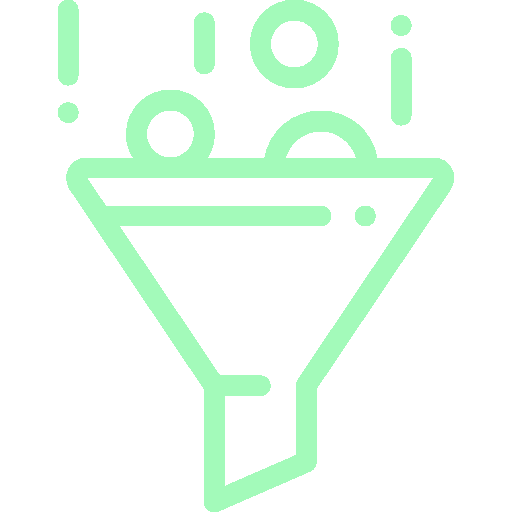
Synthesis Tools
Research phase yields huge amount of data from various methods and sources. Using synthesis tools we can combine, mix and make sense of the data step by step.
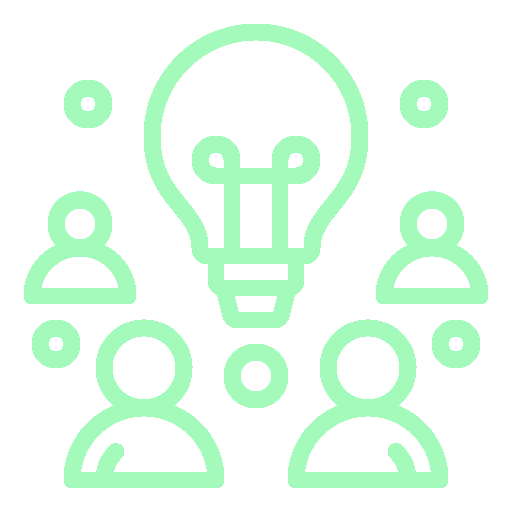
Ideation Tools
These tools are the most exciting to use because it requires flexing the creative muscles in the brain. Initial ideas for plausible solutions are discovered using these.
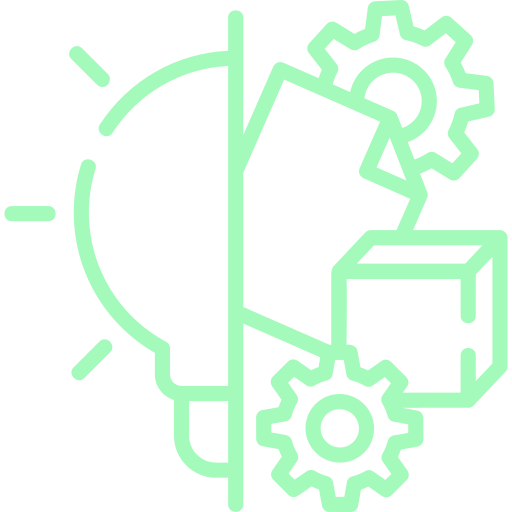
Prototyping Tools
You might have the most creative and innovative idea, but it is extremely difficult to communicate the idea as it is to your clients. Prototyping tools aids in using minimal resources to explain your idea.
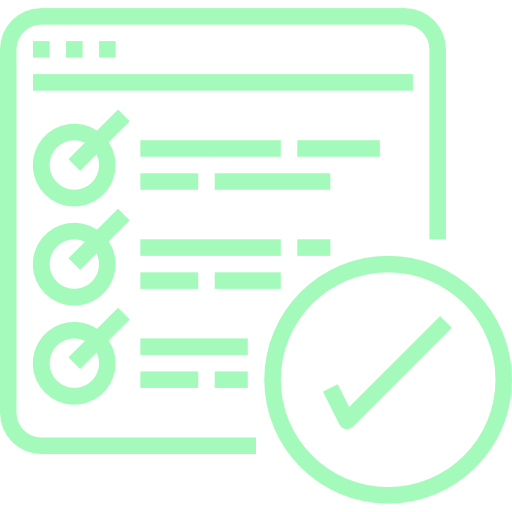
Testing Tools
It is important to test your ideas with relevant stakeholders to get constructive feedback. These feedbacks can improve the idea. Testing tools are used to do efficient testing on your idea.

Implementation Tools
Now you have your idea tested and finalized. It is time to implement the idea and that requires convincing stakeholders on how effectively they can be implemented. These tools help in implementing your idea.
“A brilliant solution to the wrong problem can be worse than no solution at all: solve the correct problem”
The Design of Everyday Things
